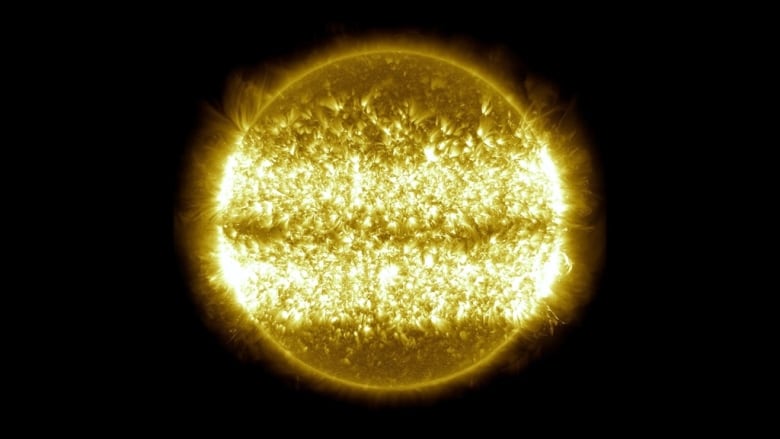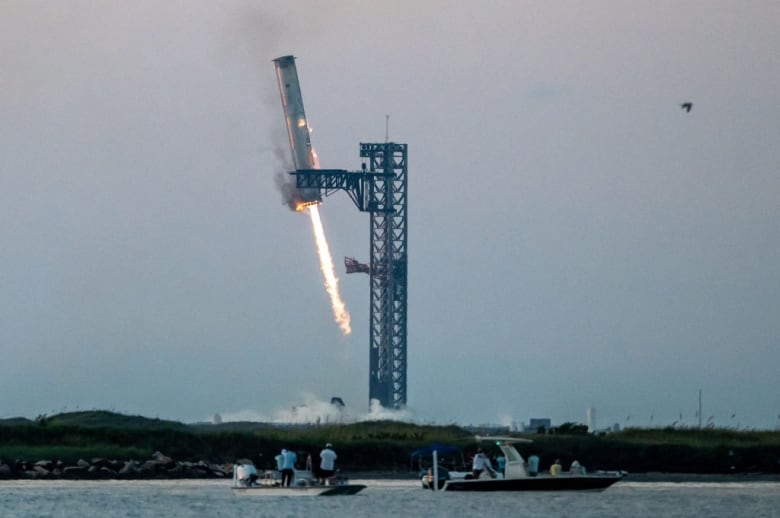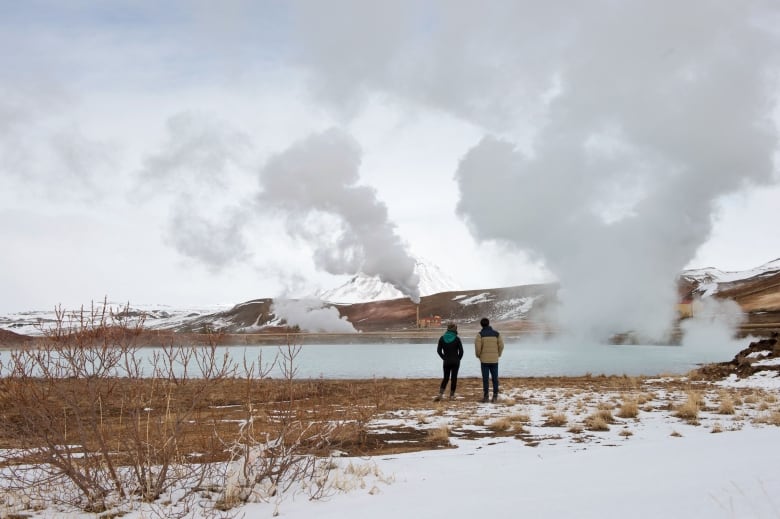Iceland looking to add space solar power to its sources of renewable energy by 2030
November 5, 2024
The first commercial enterprise the energy of sunlight in space and beam it to the ground may happen in Iceland as the country strives toward clean energy production. The irony is that the country has an unlimited clean energy source literally beneath their feet.
The British aerospace company Space Solar, in a collaboration with the private climate sustainability company Transition Labs, based in Iceland, have announced an agreement with Reykjavik Energy to build the world’s first operational space solar power plant.
The idea is not new. Space-based solar power has been a concept since the beginning of the Space Age and the list of companies hoping to bring it to life is long. All of them are promising abundant clean energy from the sun but none have brought the concept to full scale.
The appeal is the availability of sunlight in space, where satellites in the proper orbit can be exposed to the sun 24/7, providing reliable energy no matter what the conditions are like on Earth.

The sunlight is converted into a microwave beam that is transmitted to a spot on the ground, where a receiver converts it into electricity for the grid.
The main obstacle to putting this technology to use has been cost. The solar satellites must be huge. Space Solar’s concept satellite would weigh 2,000 tonnes and stretch 1.7 kilometres wide. Other companies designs are much larger.
By comparison, the International Space Station, the largest object ever built in space, is 109 metres end-to-end — the size of a football field including the end zones — and weighs 400 tonnes. Space Solar’s proposed satellites would be 15 times bigger than the space station and they would need four of them in a constellation for their smaller early systems.
Space Solar says it believes the game changer that will bring costs down is the reusable SpaceX Starship, the world’s most powerful rocket that will be capable of lifting 150 tonnes to low-Earth orbit once it’s operational.
Its large carrying capacity would mean fewer launches to build the giant structure. But even the more environmentally friendly, non-toxic combination of liquid methane and liquid oxygen that Starship uses as fuel, still converts into carbon dioxide and water vapour when burned, and those are both greenhouse gases.

A 2024 NASA report on the feasibility of space-based solar power systems outlines additional concerns about how technology like this could be both vulnerable to space debris and contribute to the accumulation of it, which Space Solar proposes to alleviate by building and operating the satellites in a less busy orbit.
SpaceX’s Starship is also still in the testing phase and has not yet carried any payload into space.
The aerospace company says it believes that if the idea of space solar power takes off internationally, the demand for rocket launches would accelerate the development of more reusable rockets and lower the cost of access to space.
It is a bit of a chicken and egg story where the power satellites need cheap rockets but the rocket companies need a huge demand to produce them in large quantities. Which comes first?
The other half of the space power system is on the ground where a large receiver, called a rectenna, absorbs the microwave beam and turns it into electricity.
The idea of a powerful beam from space conjures images of alien space weapons, but the scientists say the intensity of the beam will be very low and at a frequency that will not cook birds or people like a microwave oven.
These ground stations at, U.K. latitudes, will cover an oval-shaped area about six by 13 kilometres. It is a large area, but only eight per cent the size a wind farm would need to be to produce the same power.
One big question is how the cost of space solar power will compare to conventional alternatives. Space Solar says its electricity cost would be similar to intermittent renewables, such as wind or ground solar power.
Another big question is: why Iceland?
There is no shortage of clean energy in Iceland, a country that sits on top of active volcanos. There is an unlimited source of geothermal heat just below ground, which Iceland is already putting to good use.

The country is a pioneer in geothermal space heating. Hot water from the ground heats homes as well as greenhouses that produce nearly half the vegetables consumed in the country, even though it lies above the Arctic Circle. Even some of its streets are heated that way.
About one quarter of Iceland’s electricity is generated geothermally. It also utilizes hydroelectricity and wind.
So why is a country that is expert in capturing the abundant clean energy from the ground interested in reaching thousands of kilometres into space to collect energy from the sun?
Space Solar says the country’s track record in bringing clean energy technologies to market is the reason it’s kick-starting the venture in Iceland. And like many countries, Iceland is expected to face increased energy demands for future data centres and the use of artificial intelligence, the company says.
While it’s wise for a country to look at all clean energy options, it could be that — by looking to space — the volcanic island nation is embracing a complex solution when a simple one is right below its feet.
Search
RECENT PRESS RELEASES
Related Post




